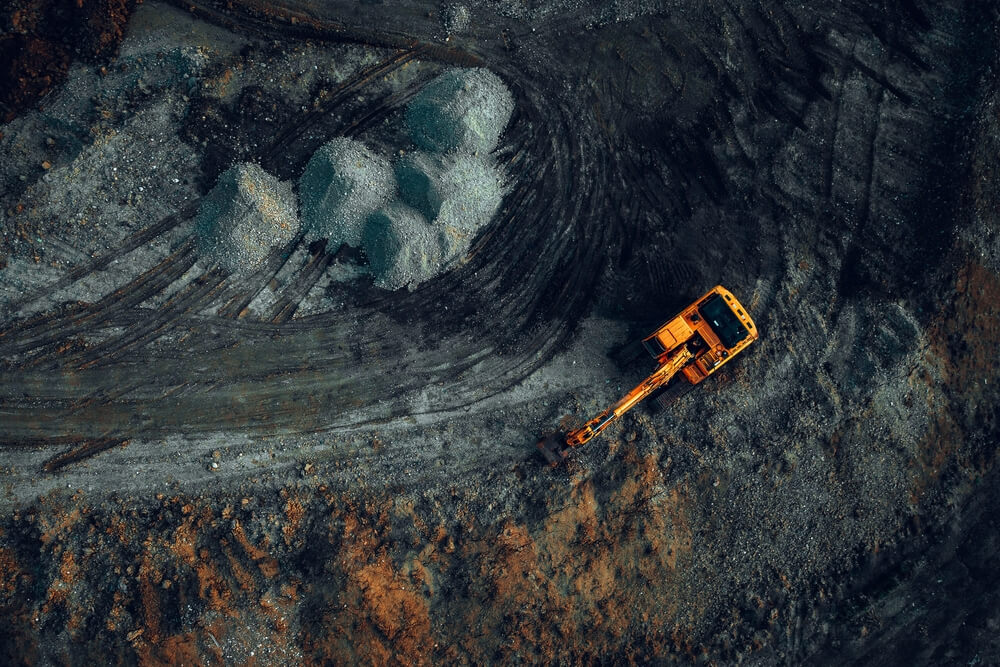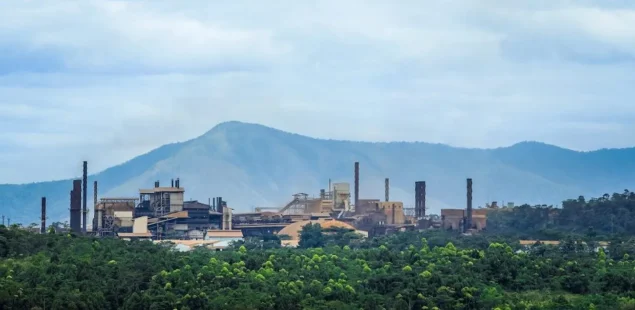
Lithium plays a central role in the production of lithium-ion batteries, used extensively in electric vehicles and energy storage technologies. Yet, while demand continues to rise globally, supply growth has lagged, heightening concerns around future shortages and price volatility.
Munk’s latest study, published in Economic Geology, focuses on lithium brines found in closed basins—one of three major types of lithium-rich brine systems. Her research introduces a comprehensive database covering 110 active, prospective, and studied lithium basins worldwide, offering industry a valuable tool for exploration and development planning.
Her work also highlights prospective lithium-rich areas in Alaska, including the Swanson River, parts of the Seward Peninsula, and areas near Talkeetna. These locations could add to U.S. domestic production, which currently remains limited to a single brine operation in Nevada, according to the USGS 2025 report.
Munk also leads the Alaska Critical Minerals Collaborative, a university-based initiative uniting researchers and labs across the state to support the responsible development of critical mineral resources. The long-term vision includes forming a consortium involving academia, industry, and government to scale up extraction efforts—especially in Arctic regions.
With leading lithium producers located in Argentina, Australia, Chile, China, and other countries, U.S. efforts to localize supply chains are gaining urgency. UAF’s research underscores the strategic importance of enhancing domestic exploration to ensure resource security and support the clean energy transition.



